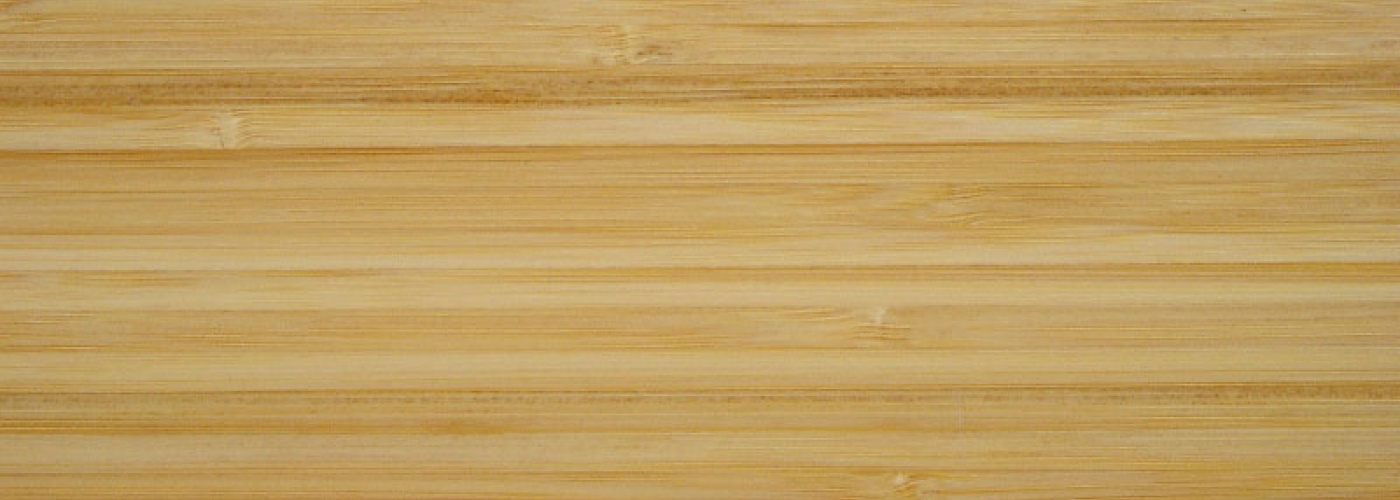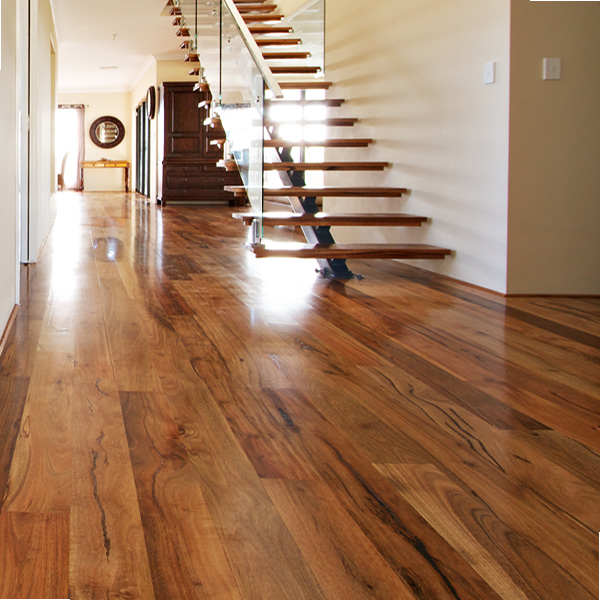We've discovered this great article about How To Install Bamboo Flooring below on the web and thought it made perfect sense to relate it with you on this page.

Bamboo flooring is famous for many home owners as a result of its advantages. It is readily available and also durable in various shades, from light blonde to rich coffee. It can be subject to tarnishing to match any type of décor. Therefore it has become the significant choiced floor for business and also property owners whenever there is demand for sustainability.
Bamboo simply like wood, is vulnerable to damages and splitting when moisture degrees rise and fall.
Are you assuming regarding bamboo flooring for your house? After that, matter on your own lucky since this write-up will certainly show you whatever you need to recognize. We will discuss its functions to think about. We will certainly additionally review the various sorts of bamboo flooring readily available on the marketplace. Maintain analysis!
Types of Bamboo Flooring
There are three basic options: strand-woven, vertical, and horizontal. House owners can choose which type of bamboo flooring to buy based upon their attributes. Additionally, the purchaser's designated aesthetic influences the selected Bamboo flooring type.
Engineered Bamboo Flooring
Both solid and crafted bamboo flooring alternatives are available. When the bamboo timber fits, it isn't easy to distinguish between them.
Their differences are due to their making. For instance, crafted bamboo wood has a thin plywood backing.
Whether engineered or solid, bamboo flooring is strong, resilient, as well as eye-catching.
Engineered bamboo flooring uses the floating timber flooring over a thin foam base. They may also remain in the kind of large slabs. For instance, they are readily available in widths as much as 19 cm.
Strong - Straight Bamboo Flooring
You will certainly observe that this type is virtually the same as vertical bamboo flooring. It has a mild variant. Straight bamboo is among one of the most popular types of bamboo flooring.
It is made by drying big strips of bamboo, slicing these larger items right into thinner strips, and afterwards gluing them to form planks. The boards will certainly after that be subject to pressure and also warmth to ensure they are well secured.
All-natural bamboo has a lighter shade. While carbonized bamboo will be less hard than regular bamboo, if you need a darker shade, it might do you excellent.
Strand Woven Bamboo Flooring
Shredding the bamboo to remove the fibers is just one of the more luring action in generating strand-woven bamboo floors.
The bamboo fiber is typically mixed with a glue after it's made to a pulp. The product is then weaved and also pressed together under fantastic warm, as the name suggests.
After making straight as well as upright bamboo, the strips offer to produce hair woven bamboo. The eco-conscious purchaser might discover this feature appealing. The factor is that it ensures that the entire bamboo stalk creates very little waste.
Strong - Upright Bamboo Flooring
Thin strips of dry bamboo timber glued up and down and pushed making use of high warmth and pressure produce this sort of bamboo flooring.
The thinnest side of the bamboo slabs will certainly be in a vertical type. A company bonding, pushing, as well as lamination will certainly comply with. As a result of their approach of signing up with, the bamboo strips include a slim grain pattern.
The advantage regarding this kind of bamboo flooring is that it is sturdy as well as extremely budget-friendly. It gives a elegant and also classy flooring surface. However it is not widely available.
Functions As Well As What to Keep in Mind When Picking Bamboo Flooring
With a multi-layered coating, bamboo flooring will be rather durable. However keep in mind that future touch-ups may require a more knowledgeable flooring specialist.
Applying your surface will make matching repair services less complicated as soon as established up in your residence. The finish will certainly not last as long as manufacturing facility finishes.
Apart from that, here are some exciting features of bamboo flooring.
Eco-Conscious
This flooring originates from an all-natural plant called the bamboo plant. When compared to various other tree types used to make wood flooring, bamboo grows even more as well as much faster.
Low-cost Maintenance
You can keep bamboo flooring in good condition by cleaning and damp wiping. Despite being a lot more prone to scratches, bamboo flooring is extremely straightforward to maintain.
You might get bamboo floors that are like new by sanding them down and using a fresh layer of paint.
Durable
Bamboo flooring is not produced equivalent. There are several sorts of bamboo, and the various methods used to turn it into slabs impact its sturdiness.
As such, bamboo, like wood flooring, can become prone to tear and also put on in time. Scratching, breaking, and also various other wear and tear might happen. You can additionally sand some bamboo to appear like hardwood, however not all.
Bottom Line
It's basic to know why bamboo flooring has actually ended up being more favored nowadays. For practically any kind of home, bamboo uses many solid and sound solutions for the setting. Therefore, bamboo flooring might be the very best alternative for upgrading your flooring.
We will also go over the various kinds of bamboo flooring available on the market. Home owners can pick which type of bamboo flooring to acquire based on their attributes. Horizontal bamboo is one of the most prominent types of bamboo flooring.
While carbonized bamboo will be less hard than normal bamboo, if you need a darker color, it might do you excellent. After making vertical and also straight bamboo, the strips serve to create hair woven bamboo.
Bamboo Flooring
Manufacture of Bamboo Flooring
Stranded bamboo is made by shredding the bamboo stalks into small strands, which are compressed into sheets using heat and resin binders, then cut into planks to use as building materials. This form of flooring is available both as tongue-and-groove planks that are nailed down, as well as planks that float over the underlayment. This is a premium form of bamboo flooring, available in many colors.
Horizontal bamboo flooring is manufactured by cutting the strands into thin strips which are then glued together to form planks. This type of flooring has a "grain," since the long stalk fibers are visible in the flooring. This type of bamboo is not as hard or durable as stranded bamboo, but it can have a very striking appearance. It, too, is available both in nail-down planks and as floating floor planks.
Engineered bamboo flooring is made by bonding a thin layer of bamboo onto a plywood or MDF core. This flooring is comparable to engineered hardwood and is installed in the same way—usually with click-lock planks that float over a foam underlayment. It is the least expensive (and least durable) form of bamboo flooring, and it cannot be refinished.
Unless it is stained, most bamboo flooring has a natural blonde or amber color that resembles unfinished maple or birch, but darker tones are available through a process called carbonizing, which entails subjecting the planks to high temperatures. While the color can be very attractive, carbonized bamboo is softer than uncarbonized forms, and is more susceptible to scratching.
Eco-Friendliness
Environmentally conscious consumers are often drawn to bamboo as a wholly renewable resource. Unlike the hardwood lumber industry, where trees can take decades to mature, bamboo stalks grow so fast that there is little environmental liability to the harvest practices. Moreover, bamboo stalks that are cut simply continue to grow and replenish themselves so that they can be harvested.
But the manufacturing process creates other environmental concerns. Bamboo floor planks are manufactured by slicing or shredding the stalks of bamboo grass plants and then compressing the pulp back together using heat, pressure, and a resin-based adhesive identical to those used in many other flooring products. This adhesive often contains urea-formaldehyde that can outgas into the air.1
The level of adhesive used and the amount of toxins emitted will vary, depending on how the bamboo planks are manufactured. Cheaper products may contain more formaldehyde, while more expensive products may use alternative materials in the resins. The amount of formaldehyde used in bamboo flooring is similar to that found in engineered hardwood flooring or MDF sheathing, and it tends to be a problem only for sensitive individuals.2 But if this concerns you, look for bamboo products labeled as formaldehyde-free.
Bamboo Flooring Cost
This material is priced at about the same level as most hardwood floors. You can find bamboo flooring products ranging from about $2 to $8 per square foot, with a national average of $3.84 per square foot. Installation costs for bamboo flooring are much the same as for hardwood flooring. On average, figure on adding about $4 per square foot for installation labor in addition to the cost of materials. You should be able to get a good-quality bamboo installed for less than $10 per square foot, including materials and labor.
https://www.thespruce.com/benefits-and-drawbacks-of-bamboo-floors-1314694

Hopefully you enjoyed reading our section about How To Install Bamboo Flooring. Thanks so much for taking a few minutes to read through our short article. Sharing is caring. You never know, you might be helping someone out. Thank you for your time. Visit again soon.
Comments on “Bamboo Floors - Everything You Need To Know”